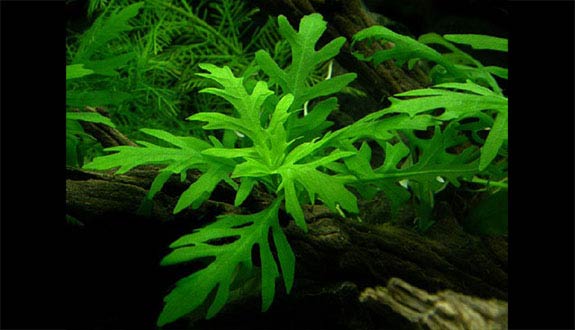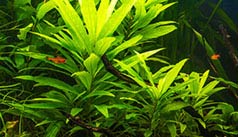

Alternative species (click on the thumbnail to see the card)
Names
Scientific name
Hygrophila difformis
Synnema triflorum
Common name
Water wisteria
Origin

Origin: India
Ideal fertilization

CO2: 10-40mg/l
Nitrates (NO3): 10-50mg/l
Phosphates (PO4): 0.1-3mg/l
Potassium (K): 5-30mg/l
Iron (Fe): 0.01-0.5mg/l
Group
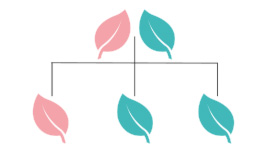
Araceae
Kind
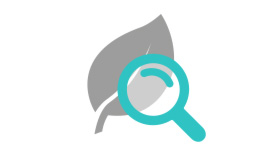
Stem
Parameters

T°: 20 to 28°C or 68 to 82°F
pH: 6.5 to 7.5
Hardness: 6 to 25°dGH
Difficulty

Average
Lighting
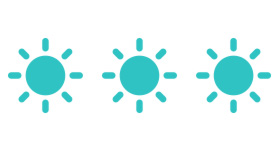
Strong
Size
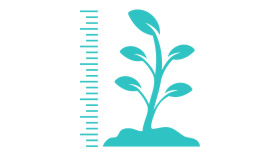
25 to 60 cm (10 to 24")
Plantation

Background
Growth
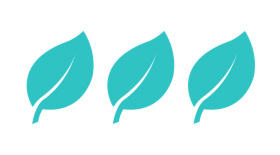
Fast
Presentation
Who is the Hygrophila difformis?
Presentation
Who is the Hygrophila difformis?
Particularly decorative, this pretty plant presents a pleasant green light. Its serrated leaves and bushy appearance form beautiful background groves. This particular aspect will bring character and contrast to your decor.
It is a malarial plant (it’s a plant whose foot is in water and emerged leaves) that can be maintained in aquarium or paludarium. Indeed, it can live either completely submerged or semi-submerged. In this regard, there is a very distinct difference in appearance between a Hygrophila difformis grown in total immersion and semi-immersion. Semi-emerged, it has round leaves, crenate and dark green; completely immersed, it passes to the serrated clear green leaves. So, do not be surprised if your plant has a certain aspect when it arrives at your home and changes completely during the weeks: this is due to a different context for your plant! In addition, its shape can also vary according to the lighting (the more light there is and the more the serrated aspect is pronounced).
Given its size and growth, install it in a large aquarium. Its maintenance will also be facilitated. For a paludarium, it can be planted in the substrate provided that its foot is constantly in a very humid area, or directly in the water. Leaves do not need special moisture.
Like all fast-growing plants, it can help control algae by quickly absorbing nutrients in the water.
Be careful, its main stem is quite fragile and breaks easily. Handle your plant with care, especially when planting.
Due to its large number of leaves and roots, Aquatic Glycine makes a perfect refuge for fry that will be safe there.
Also note that it can develop on a vertical wet support (plant wall).
Planting and maintenance
How to plant and maintain the Hygrophila difformis?
Planting and maintenance
How to plant and maintain the Hygrophila difformis?
Prefer to install it on the sides or at the back of your aquarium. Since it needs a lot of light, plan to space the feet at least 15/20 cm or 6/8 inch.
Hygrophila difformis is quite demanding, without falling into insurmountable maintenance difficulties. It needs: a rich soil, regular iron inputs (fertiliser) and intense lighting (the water must be very clear so as not to dim the light). CO2 diffusion is a plus, but is not mandatory.
If an aquatic glycine does not like its environment, we can observe different symptoms:
- loss of leaves near the foot: lack of light
- production of many adventitious roots: possible lack of light at the base of the foot
- chlorosis (leaf discolouration): lack of nutrients.
Do not hesitate to prune your plant regularly, because like all fast growing species, it can become invasive (up to 10 cm or 4 inch per week in good conditions).
Note that this plant may take some time before blooming in a new aquarium.
Farming
How to farm the Hygrophila difformis?
Farming
How to farm the Hygrophila difformis?
Easy enough. Cut your cutting on the end of the stem of the mother’s foot, about 20 cm or 8 inch from the top. You can also recover lateral releases. Let your cuttings float until the appearance of roots. Then plant them directly into the substrate spacing them 15/20 cm or 6/8 inch apart.
Flowering will only be possible in emergent situations.
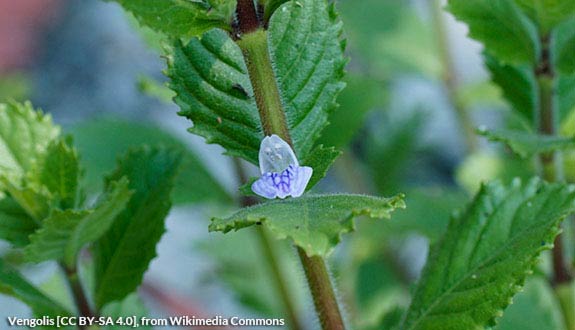
Good To know
Find all additional information!
Good To know
Find all additional information!
At night, the leaves of the plant fold slightly on themselves.
In nature, it is likened to the weed!
Yours photos!
Comments
Sort by:
Please login to post comments
